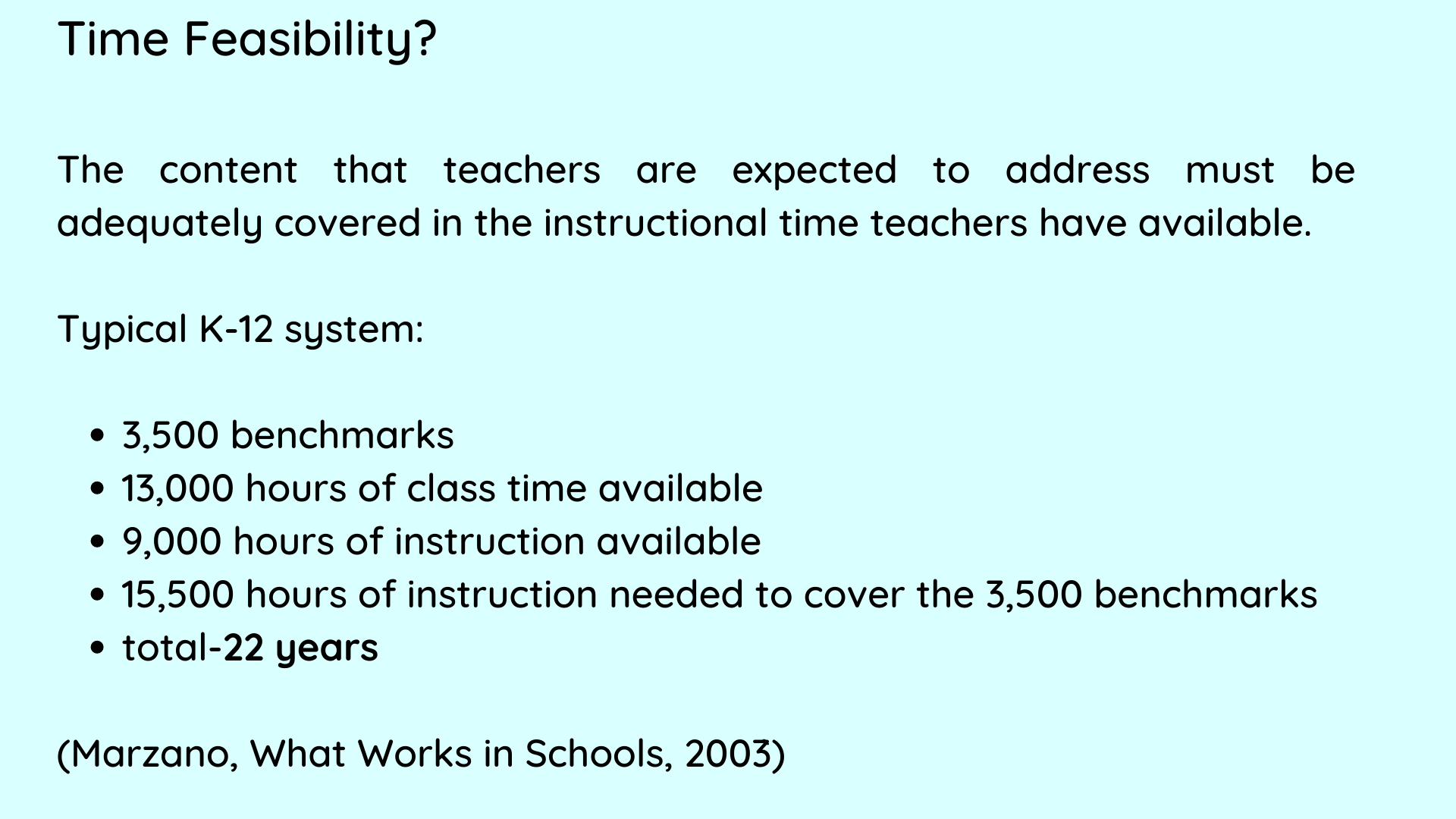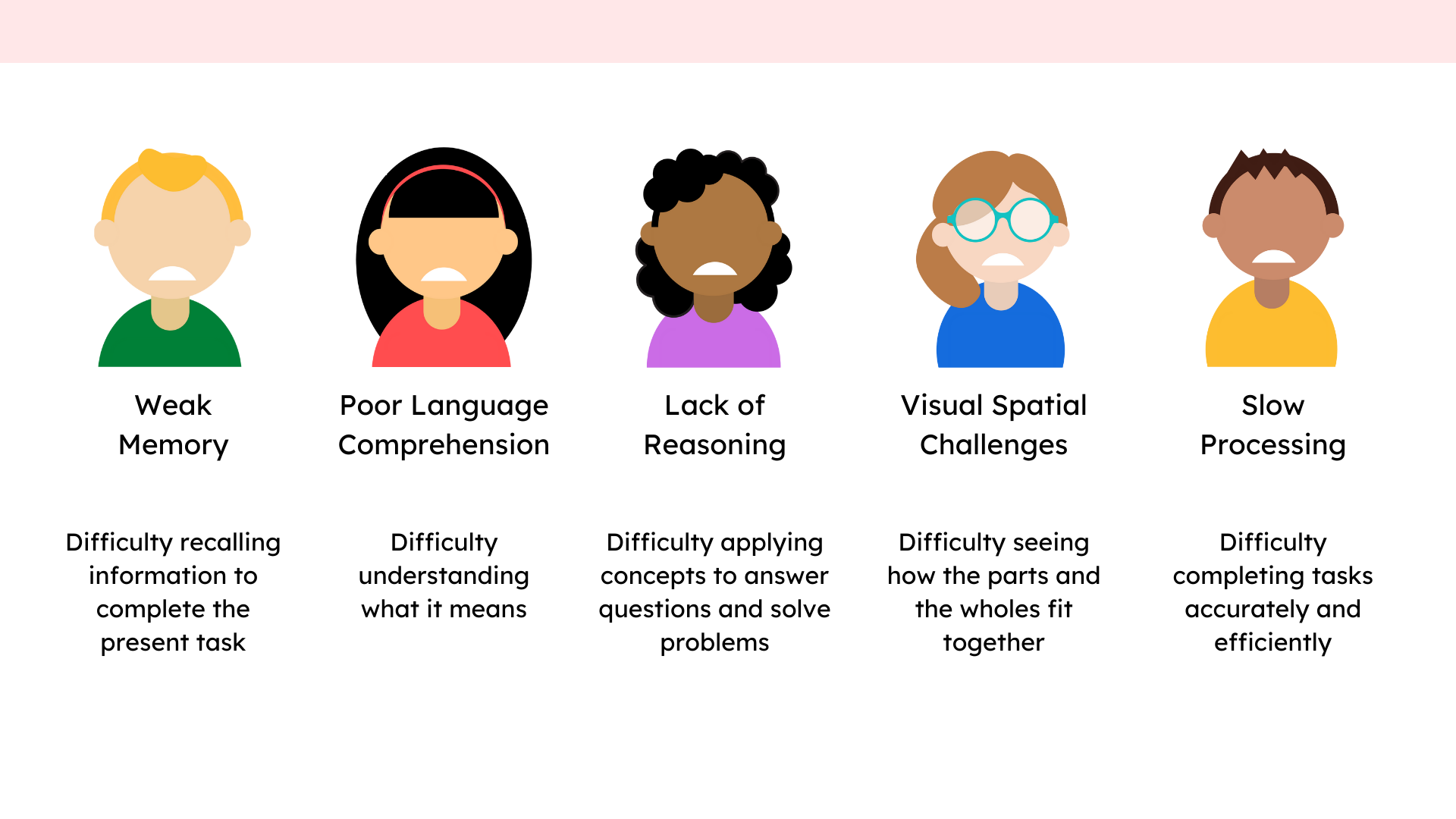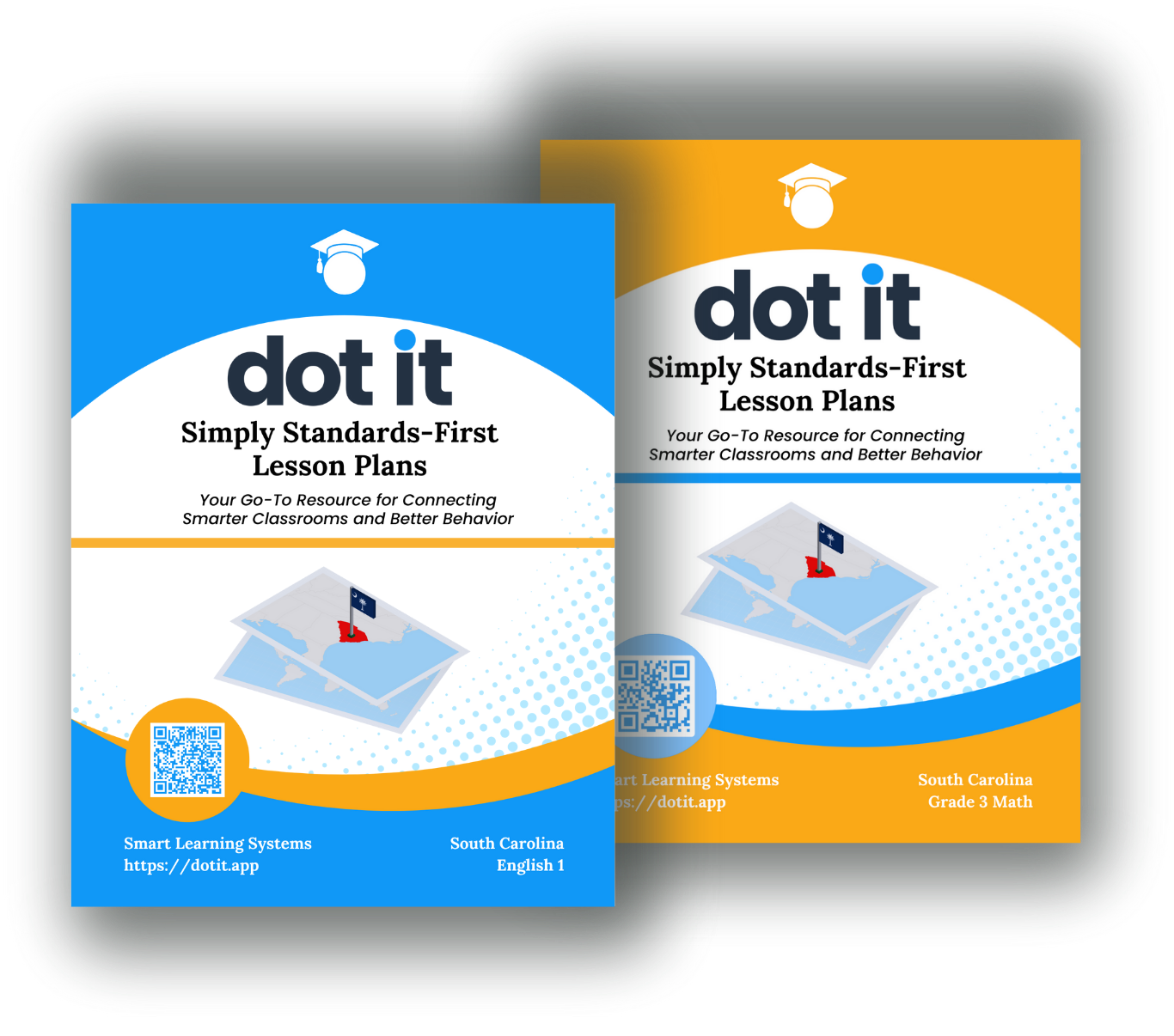“Begin with the end in mind.” ~ Stephen Covey
This quote is great! It sums up in 6 words what IEP and MTSS teams need to remember. In order to determine if your IEP or MTSS goals are effective, teams look at what students need to know according to their grade-level standards. So with the end in mind of mastering grade-level standards, how do teams create effective goals?
Step 1: Use your evidence to get an accurate present level of performance.
Teams can begin by looking at the different types of assessments to get an accurate present level of performance. Determine the standards mastered and not mastered. Besides looking at assessments, it is helpful to evaluate work samples from the classroom. With a side-by-side comparison of assessments and work samples, teams are better able to get an accurate present level of performance.
For students with disabilities, a few other pieces of evidence are evaluated. If the student has a current psychological evaluation, the team reviews it to help support the present level of performance. In addition to the psychological evaluation, IEP teams review goals from the previous year to assess progress made.

Step 2- Determine high-priority standards.
With only so much time in the day, many school districts are identifying high-priority standards. For example, here are South Carolina’s standards.

With a lack of time to teach everything, high-priority standards are “a carefully selected subset of the total list of the grade‐specific within each content area that students must know and be able to do by the end of each school year in order to be prepared to enter the next grade level or course. ” (Ainsworth, Rigorous Curriculum Design, 2010)
With these high-priority standards in mind, IEP and MTSS teams can decide on accessible goals based on this information.
Step 3- Support the “why.”
MTSS and IEP teams start with discovering why a student is behind. Most teams describe the why, or impacts and problems, as performance gaps. When teams do this, they miss the real why. The real why is about how students’ thinking is challenged. For example, do they struggle to remember things? Or do they misunderstand the meaning? Do they have difficulty thinking through tasks, or do they just need more time to process? The problem statement is the why in an MTSS plan. The impact statement is the why in an IEP. A problem statement describes why a student is not learning the grade-level standards. Similarly, an impact statement describes how a disability impacts grade-level learning. In either case, teams should understand the cognitive challenges (the why) before the what and the how. This keeps their plans on track.

With these 3 steps, you can have effective IEP and MTSS goals for all of your students. Start with an accurate present level of performance, select a high-priority goal, and support the “why” students are behind. If you need help, please let us know.






